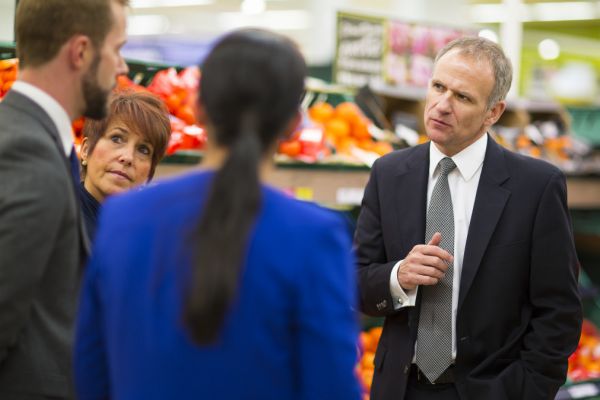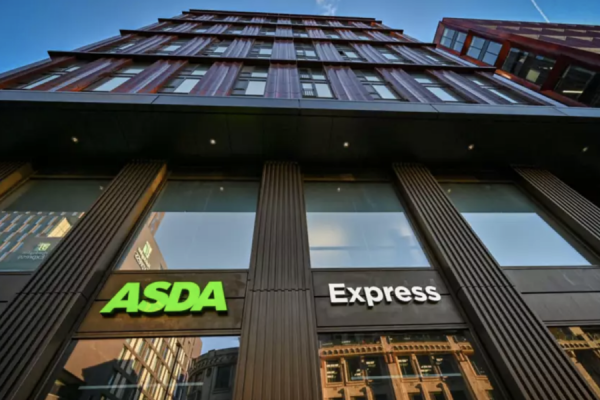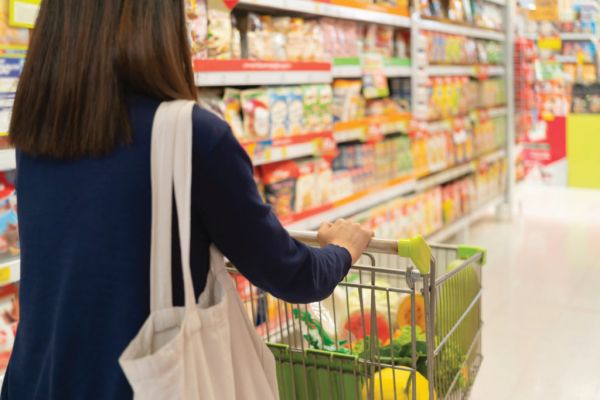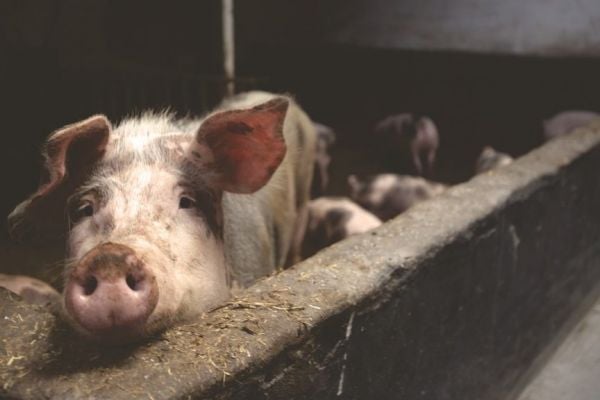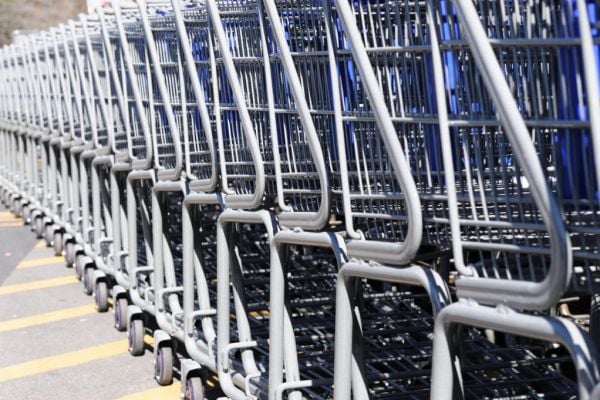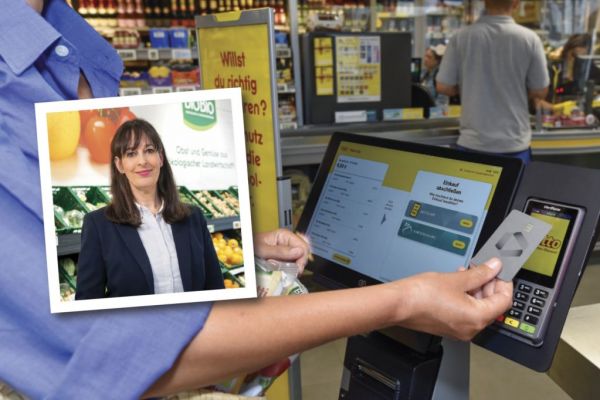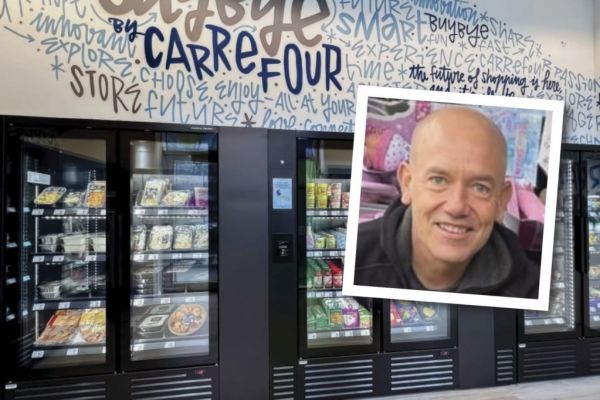Dave Lewis's trip to the countryside is paying off.
The introduction of so-called Farm Brands -- cheaper everyday items with bucolic packaging that references fictitious British farms -- has helped Tesco make a start on its turnaround.
The company said Thursday it achieved its second consecutive quarterly increase in the value of same-store sales, marking the first time it's managed two straight periods of like-for-like growth in five years. And that 0.3 percent gain was far outstripped by the 2.2 percent pickup in volume.
Investors liked what they heard, sending shares up 4 percent. But they should remember that Lewis has bet his recovery on gains in sales volumes, not profit growth.
That's proven elusive so far, and they shouldn't get too carried away.
He'd warned in April that meeting analysts' expectations for 1.25 billion pounds ($1.9 billion) operating profit this year, while continuing to invest in boosting sales by lowering prices through the Farm brands and other initiatives, would be a tall task. And so it's proved to be -- he now says he's comfortable with a cut in analysts' consensus forecast for 1.2 billion pounds profit.
That's just a fraction of the more than 3 billion pounds Tesco was able to achieve five years ago, but an accounting scandal and declining market share have seen to that. Shares had been trending down for years, and fell about 15 percent further following Lewis's warning.
The U.K.'s biggest grocer has made good progress on paring back non-core assets, including Dobbies Garden Centers. Tesco added to this on Thursday with an announcement that it planned to sell the chichi Harris + Hoole coffee chain to rival Caffe Nero. Lewis needed to make those cuts. But the real work on profits is yet to be done.
Investors should be wary of sales-led recoveries. As Gadfly has noted, rival Sainsbury achieved average annual sales growth of 3.7 percent during the 10 year reign of former chief executive Justin King.
But during that decade ending in 2014, profit before property sales grew at just 1.7 percent. That's a much less spectacular pickup. While it's a relatively decent performance given that some rivals' profits collapsed over the same period, it demonstrates the potential for a substantial difference between sales gains and a profit pickup.
While its Farm Brands are a good start to fight the encroachment on its market share from German discounters, Tesco needs to go further to keep its recovery on track. However, its massive debt pile limits its room for maneuver, and persistent food-price deflation also doesn't help a return to profitability.
Its enterprise value to trailing 12 months' sales ratio is well below the average for the Bloomberg Intelligence Europe Food Retailers index, and that discount is deserved.
It's understandable that shares would pickup in recent days to reflect the progress Lewis has made. But when the company publishes half-year results in October, Lewis should produce evidence that his strategy is improving profit, as well as sales.
Until then, today's share-price gain looks far enough.
This column does not necessarily reflect the opinion of Bloomberg LP and its owners.
News by Bloomberg, edited by ESM. To subscribe to ESM: The European Supermarket Magazine, click here.
